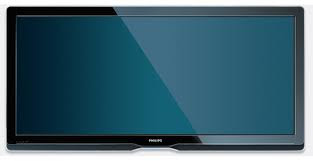Page orientation is the way in which a rectangular page is oriented for normal viewing. The two most common types of orientation are portrait and landscape. The specific word definition comes from the fact that a close-up portrait of a person's face and upper body is more fitting for a canvas or photo where the height of the display area is greater than the width, and is more common for the pages of books. Landscape originally described artistic outdoor scenes where a wide view area is needed, but the upper part of the painting would be mostly sky and so is omitted.
Page orientation is also used to describe the dimensions of a video display. The most common video display orientation is landscape mode, especially the 4:3 ratio, which is 4 units wide and 3 units tall, and the more recent 16:9 widescreen landscape display mode.
Portrait screen orientation does exist for computers, but until the introduction of Apple's iPad only popularly used in mobile devices. Portrait is preferred for editing page-layout work in order to view the entire page on the screen at once without wasted space along the sides.

History

History
Orientation of Computer Displays
Portrait mode was first used on the Xerox Alto computer, which was considered technologically well ahead of its time when the system was first developed. Xerox product marketers did not understand how revolutionary the system was, and the portrait display faded away while common landscape-display televisions were appropriated for use as an inexpensive early microcomputer display.
When the Macintosh computer was introduced, WYSIWYG page layout using Aldus PageMaker became popular. The Macintosh rekindled interest in portrait displays, and the first portrait displays for it were developed by Radius Corporation.
























